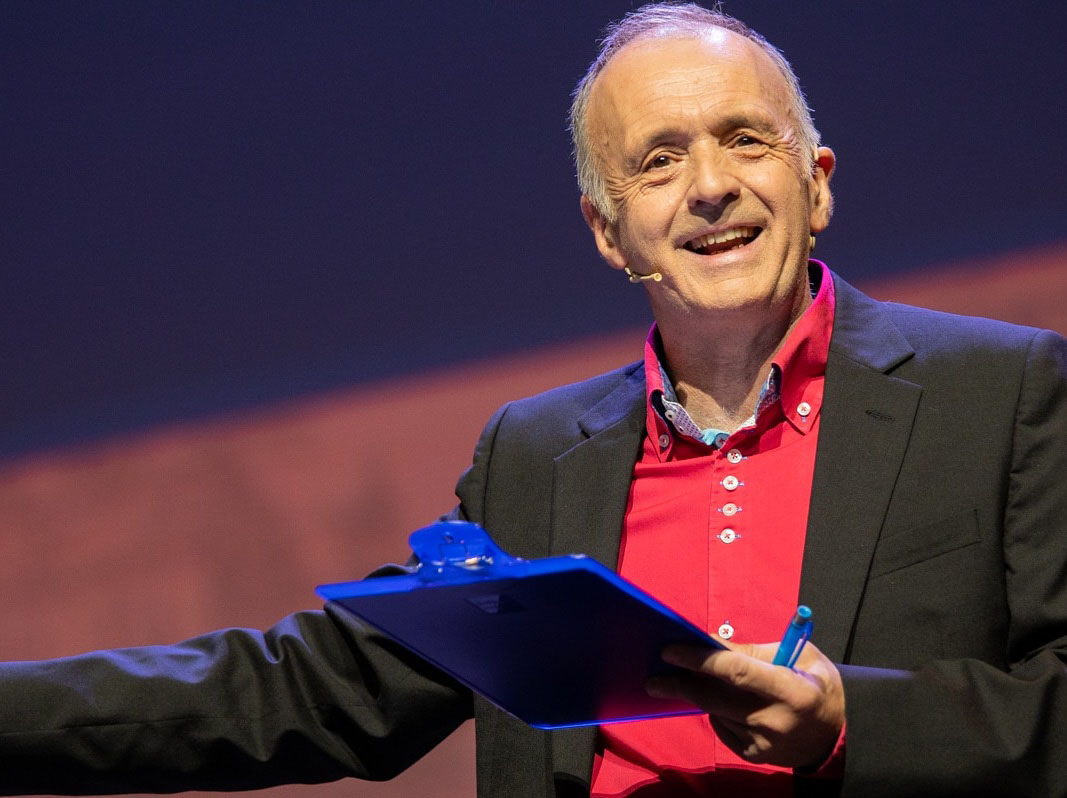
How did you come to be in your current position as Hyatt’s Asia Pacific vice president for F&B?
I come from a hospitality family through and through. I was raised in Capri, and my father was a butler for the actress Gracie Fields. He opened a restaurant, a fine food shop and a small hotel in Germany with my mother and so I grew up in this service-oriented environment. I grew up as a purist, I was taught that the basics have to be covered to ensure consistency over a long period of time. Knowing the origin of ingredients is incredibly important to me, because ensuring quality first and foremost is the starting point. I worked with the Roux brothers, opened a restaurant and after a few other projects I was offered the position of Italian chef at the Grand Hyatt Hong Kong’s Grissini in 1995. I’ve been working in Asia with the group ever since.
Dining ‘trends’ are de rigeur in Asian events. What are your thoughts on those that you’ve seen in Asia?
I think the word trend can be dangerous, because you should not ‘follow’ anything. You don’t want to be a trendsetter, you want to be a market leader. What people are looking for is food safety, sustainability, more knowledge of where their food comes from. It has a lot to do with the new generation wanting to know these things, caloric count, fat content etc. It’s more demanding now than it has been before, but it depends on how you look at your job. There is so much to learn and to live up to, but the biggest change that I’ve witnessed is this awareness of health and the origin of food. People want to know what they are putting into their bodies. Health and sustainability are taking centre stage in many corporate menus these days, and delegates are keen to engage.
How is Hyatt meeting the push for sustainable options? What are your thoughts on the initiatives?
We are working on our own sustainability programme which comprises energy, waste management and seafood sustainability. This is one of our first projects that will aim to have 50 per cent of our seafood from sustainable sources with 15 per cent from Marine Stewardship Council or Aquaculture Stewardship Council certified fisheries and farms by 2018. But for me, sustainability is much bigger than that, it’s where the food comes from because we are responsible for the health of our guests. With the rapid economic growth in Asia, the industry has lost some of the importance put on quality, with quantity and greater options being a priority, so I think we need to focus on less, but better.
How do you think F&B in hospitality and events can improve?
For events, I think it’s important to listen to the objectives, expectations, who the guests will be and where are they from. If you have a group coming from the United States, you might want to have one meal that is a ‘comfort meal’ from their home cuisine, but also an opportunity for local dishes to showcase what a destination has to offer. We have to work with planners to figure out what will be well received by the guests and to tailor an experience to their needs. At our own F&B conference, we brainstormed with teams to create experiences that related back to the conference theme, which was ‘what is next’. So we created menus with juices, raw food, gluten-free and vegetarian options – components that all look to the future of food and beverage. We are also championing the concept of ‘Beverage and Food’, rather than ‘Food and Beverage’, listening to our guests and trying to give them individual experiences in coffee-making and juice-making, for example, that will leave a lasting impression.

Where do you find inspiration and new ideas for culinary strategies?
I take yearly trips to destinations where I look at everything from fashion to the art, architecture, food and what’s in the local media. You transform yourself into a completely different state of mind. I went to Amsterdam where I visited old and new restaurants, museums, and met with thought-leaders, discussed what is new and took notes to see where I could apply what I saw to my restaurants in Asia. Japan was another destination where I looked at the way different cultures respond and treat food. I went to Milan Expo the year before last and spent time looking at local trattorias and supermarkets to see what was on offer, and get inspiration from the food retail and research that goes on in these places.


